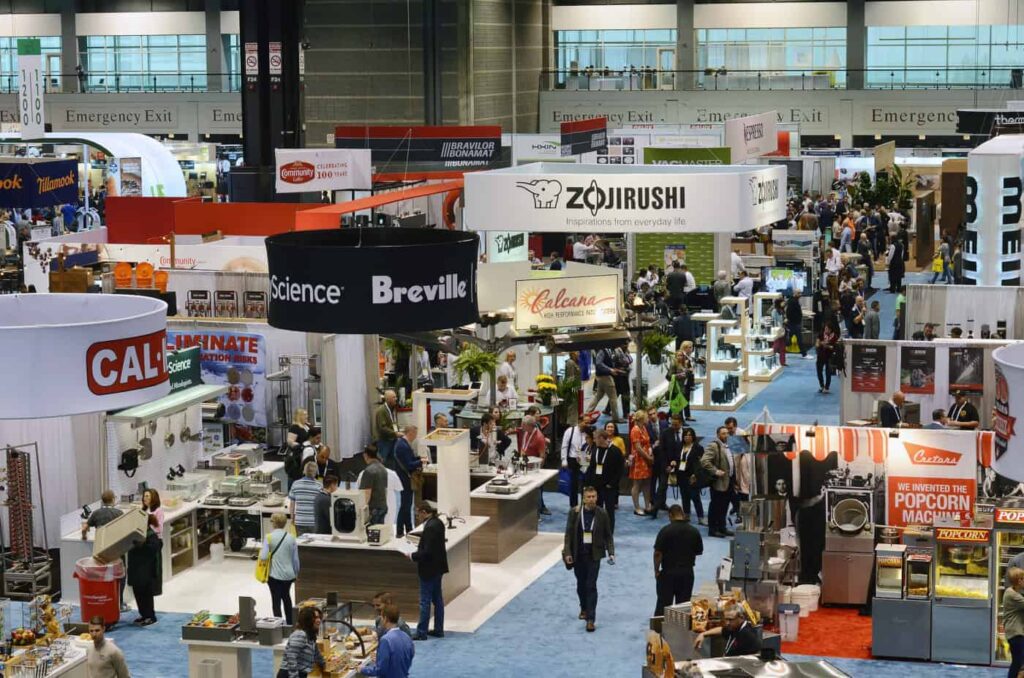Nurturing new-to-restaurant hires isn’t a temporary solution for the current labor shortage. Instead, it’s a strategic investment in the future of your restaurant. By providing the right support and guidance, you’re not just filling empty positions—you’re transforming employees into capable, confident team members ready to delight guests.


